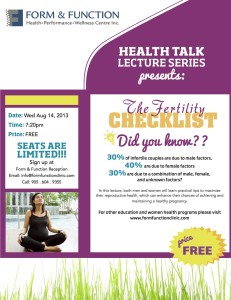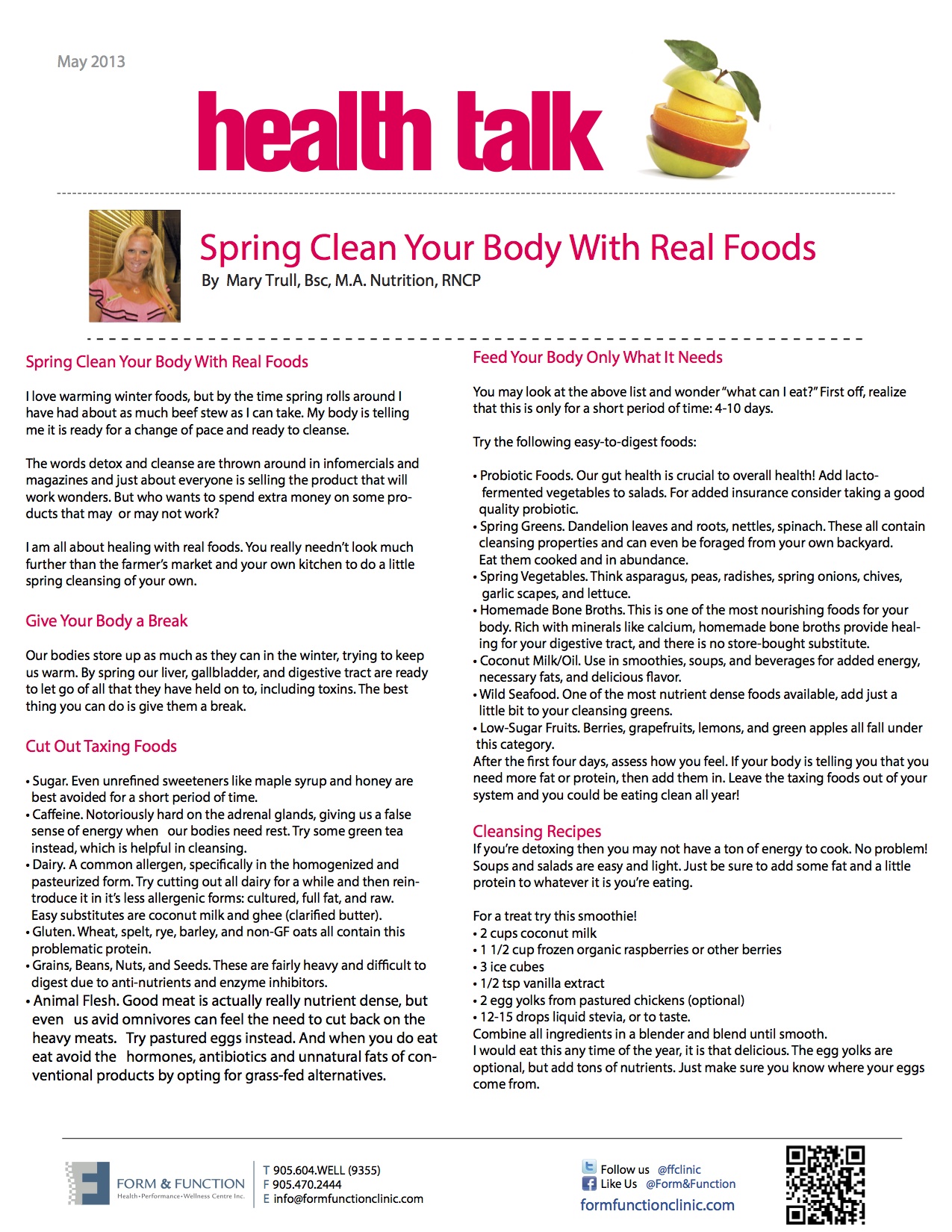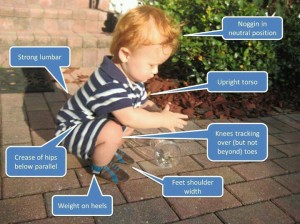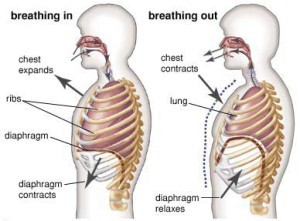Spring is arriving soon! As the weather gets warmer, a lot of people want to start a new exercise routine or get back to an activity they have done before. Be careful! Injuries are extremely common during this time of year. Here are some tips to start/return to spring activities and minimize injury.
Starting a new activity
If you are trying something new, make sure you do it within reason! For example, if you are starting running, doing it 5 days a week is definitely too much. Try giving at least a day or two in between to rest your body and allow healing. That translates to roughly 3 times a week at most. Do this for at least 2-3 weeks before increasing your activity level. By easing yourself into the activity, you have a lower chance of sustaining an injury.
Returning to an activity
“I was only doing ____insert activity here_____ the same amount of times per week as last spring. Why am I injured?” If you have not been doing an activity all winter, do not judge your activity level based on your performance last year. It only takes muscles 2 weeks to start shrinking and to get weaker so you must ease yourself back into activity. Conversely, it takes roughly 2 weeks to start building muscle again so start gently and let your body build up the necessary muscles to do your activity. Start off with 2-3 times a week at most for 2-3 weeks. You can then increase your activity level.
Injury prevention
Unfortunately, even if you ease yourself into activity, not all injuries can be prevented. However, you can take further steps to minimize injury. No matter what physical activity you are interested in (ie running, gardening, tennis, etc.) there are physical demands needed on your body. You can talk to a Physiotherapist or Chiropractor to develop a personalized resistance training program that will strengthen the muscles needed for your activity. Doing these exercises as prescribed can help minimized potential acute traumatic or repetitive stress injuries.
Furthermore, listen to your body! I cannot stress this enough. It is normal to be sore after exercising but you should not be in pain. Let the soreness subside before doing the activity again. If you are in pain, see a Physiotherapist or Chiropractor.
I will use running for one last example but you can substitute any activity into this phrase. Remember:
“If you are planning to run to get fit, you should be fit to run first!”
Manni Wong, Registered Physiotherapist





